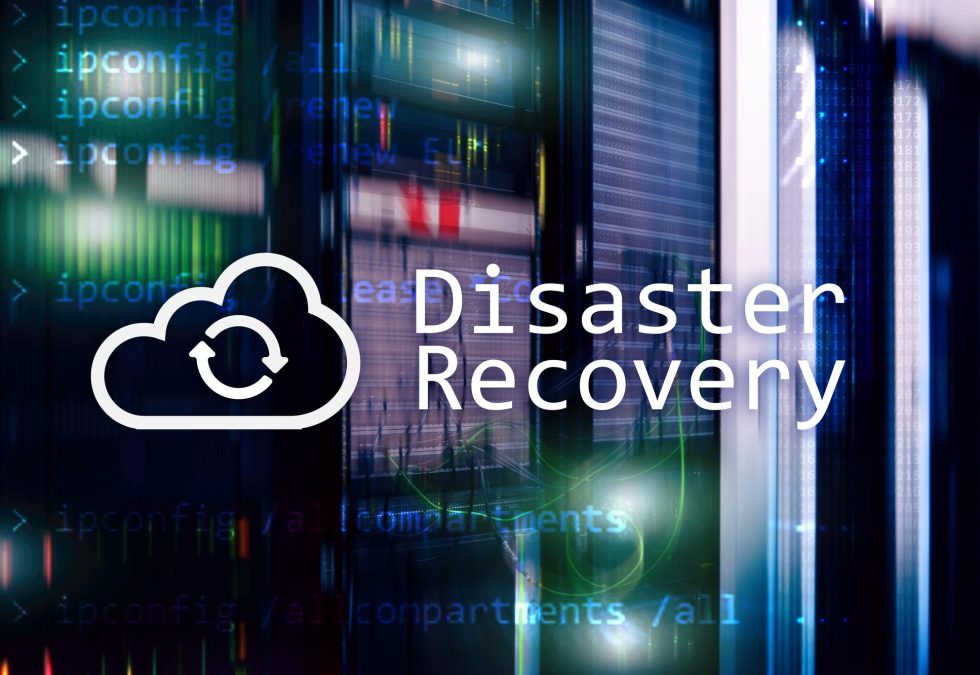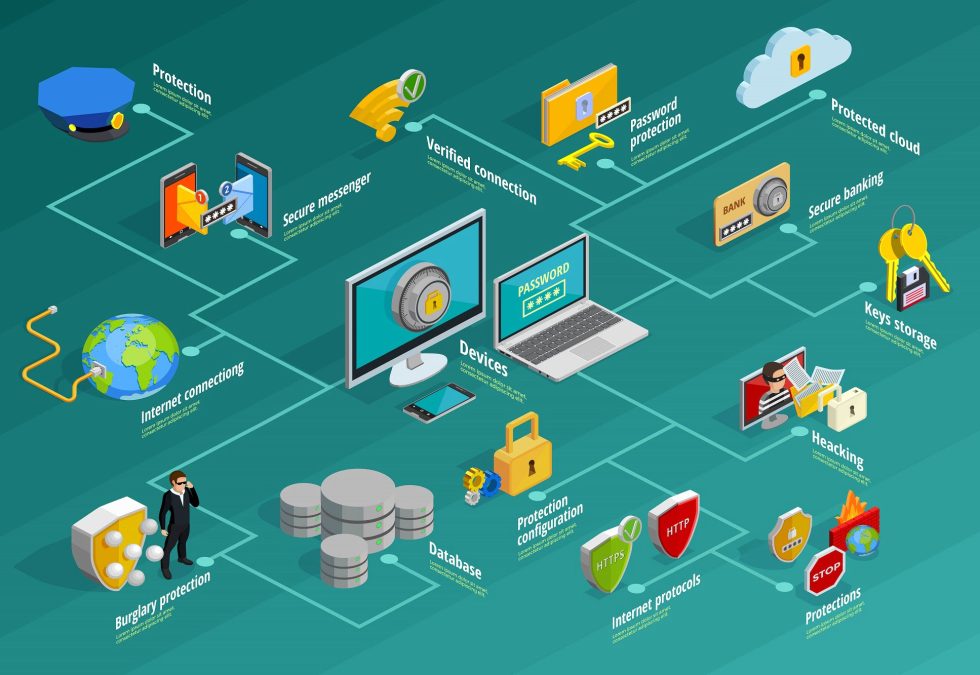One of the most significant challenges businesses face today is the potential for unexpected disasters leading to data loss and business disruptions. In this blog post, we will delve into technically robust disaster recovery strategies crucial for ensuring business continuity.
What is Disaster Recovery?
Disaster recovery involves a set of processes aimed at minimizing data loss and swiftly returning to normal business operations after a disaster.
Technical Disaster Recovery Strategies:
1. Data Backup and Storage:
One of the crucial steps in times of disaster is regular and reliable data backups. Backups should be stored in a secure environment and tested regularly.
2. Virtual Servers and Cloud Services:
Virtual servers and cloud services provide the capability to quickly move workloads to another environment, ensuring business continuity even in the case of physical disasters.
3. Continuous Testing of Disaster Recovery Plans:
Plans should not only be created but also regularly tested. This allows for early detection and resolution of any issues.
4. Emergency Communication Systems:
Effective communication with employees, customers, and other stakeholders is critical during the disaster recovery process. Emergency communication systems come into play at this point.
5. Security and Data Encryption:
Security should be at the forefront of disaster recovery strategies. Data encryption is used to ensure the security of both backups and restoration processes.
Current Technologies and Trends:
1. AI-Driven Disaster Recovery:
Artificial intelligence automates disaster recovery processes, providing a faster response.
2. Remote Work Infrastructure:
Given the conditions brought about by the pandemic, remote work infrastructure is vital within disaster recovery strategies for ensuring business continuity.
Conclusion:
Technical disaster recovery strategies enable businesses to respond quickly and effectively to unexpected events. Continuous updating and testing of these strategies are crucial for business continuity.








